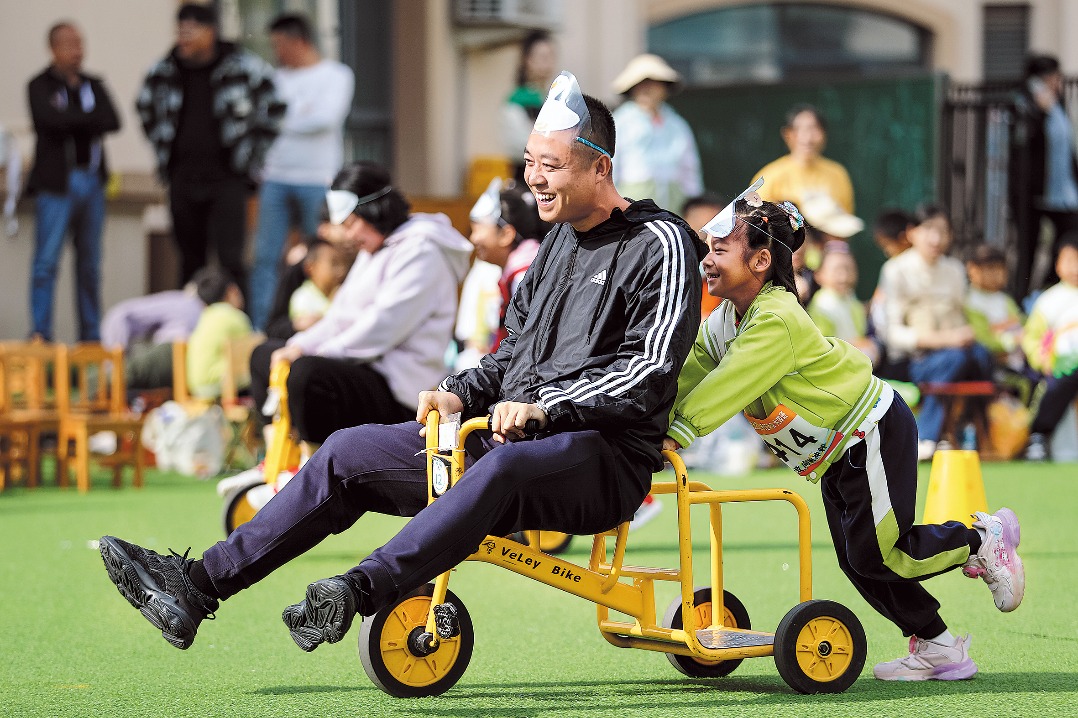Heritage crafts thrive in digital era


Liang gained an enhanced reputation for her embroidery after producing several items featuring butterflies and goldfish that won provincial and national occupational skills awards in 2010 and 2011 among people with disabilities. She was then recognized as a local Bouyei embroidery inheritor.
In 2012, she opened her workshop, with embroiderers putting their designs on the shelves to sell to locals, but business was poor.
However, Liang's career prospered after two online vendors in Beijing and one in Hunan province placed orders. Now, clothes, ties, paintings and handicrafts produced by the workshop are sold to consumers worldwide via e-commerce platforms, with revenue earned by the business reaching from 300,000 yuan to 500,000 yuan ($47,089 to $78,481) annually.
As the number of orders rose, Liang recruited more workers. The workshop has offered jobs to more than 100 female embroiderers in the neighborhood. She has also organized training courses for jobless women.
"Thanks to the online buyers, our products sell well, which has changed our lives and brought us income and dignity," Liang said.
Wang Danqing, an online vendor, has collaborated with Liang's team since 2015, routinely placing orders every month.
"At first, embroiderers didn't trust online vendors, fearing we would possibly cheat them. They doubted whether we could sell their products, or if we would pay. They also questioned our designs," Wang said, adding that it took about six months for both sides to adapt to each other.
She said many young consumers favor products with cultural elements and personal appeal. To meet this demand, she combines intangible cultural heritage with merchandise such as sachets, bags and clothes featuring embroidered designs, batiks and woodcuts.
"Only by blending into modern life can cultural heritage be seen, loved, protected and passed down," she added.























